Exploring India’s Sacred Temples, the Ancient Art of Silk-Weaving and Dramatic Storytelling
Our second temple on the India Overland Journey was the Kanchi Kailasanathar, which is the oldest structure in Kanchhipuram. A Hindu temple in the Dravidian style, it was built between 685-750AD by a ruler of the Pallava Dynasty. It is constructed of sandstone and is fairly small as these temples go – only about one story high.
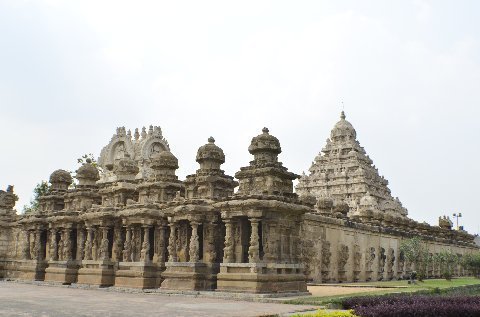
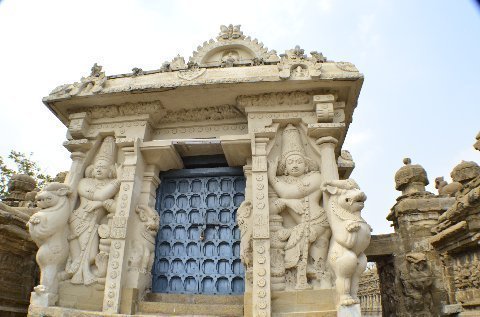
Like many of the temples we would see throughout our visit, this sacred structure was dedicated to Shiva and there are 58 small shrines depicting various forms of the god. Some of the carvings still have traces of the natural paint that was used.
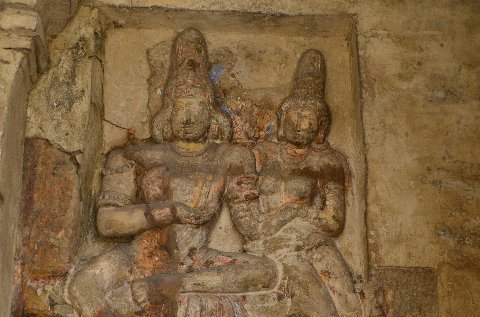
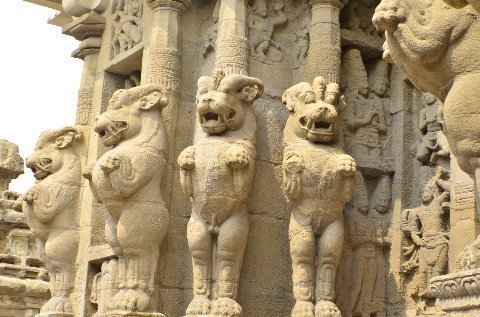

Many locals were gathered among the shrines within the inner court.

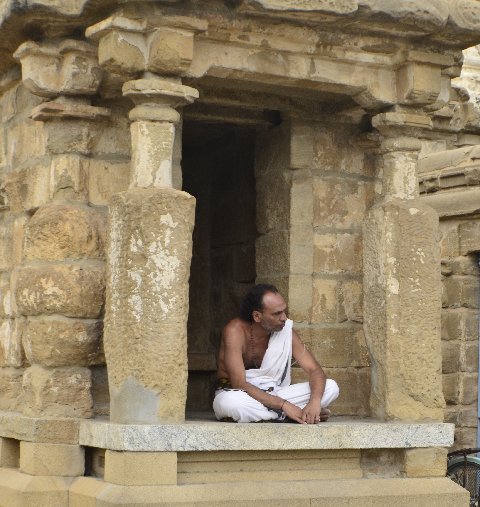


By this time we were pretty “templed out” and ready for lunch. Jithendra took us to a nice hotel where there was a buffet with something for everyone. Our boys, not being adventurous eaters found solace in pasta which everyone seemed to serve in one form or another.
We then moved on to a new experience at a silk weaving center. This area has been famous for textiles for centuries and today remains one of the premier places brides go to have their wedding sarees made. It is still somewhat of a cottage industry and there are over 300 small weavers in the cooperative. They work out of their homes on looms that are almost ancient but still produce exquisite patterned silk.

We visited two different weavers who use alternate methods, one very old and the other relatively new. When we walked through the concrete courtyard we interrupted a game of cricket that small boys were playing while a very old man slept in the doorway of the house.


The “newer” version which uses punch cards to determine the pattern.

And the very old (about 100 years) loom which still produces great beauty.
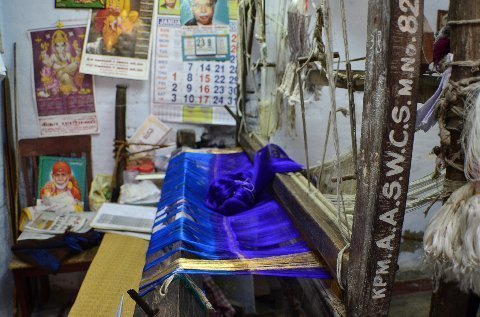
Everything being woven was beautiful but since we weren’t in the market for wedding sarees what to do? Never fear – there was a shop! It was really very nice and a compilation of all the silk manufacturing in the village. Mostly scarves and pashminas which we bought but also some cotton things. I asked about a salwar kameez which is an outfit many women wear instead of the sari. The tops are like tunics but made from thin cotton so it is cool. The bottoms are knit leggings and one size appears to fit all, just depends on how much you have to push them up your leg. So I bought two sets, just to look local.
On our way back to town we stopped at the Heritage Village known as Dakshinchitra which is located among the palm trees and backwaters of the Coromandel Coast. It is an open air museum which showcases the arts and crafts, music and lifestyle which is unique to south India. There were replications of homes of everyone from the farmers to the middle class to the very wealthy.
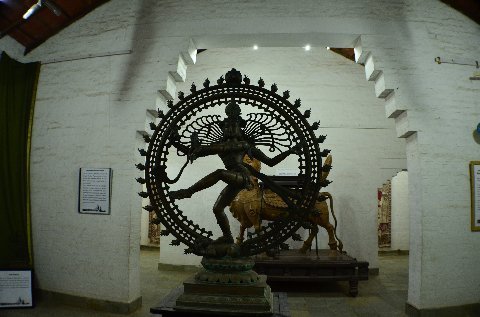
This lady was spreading crystals in a design that many people had in front of their homes as a sign of welcome.
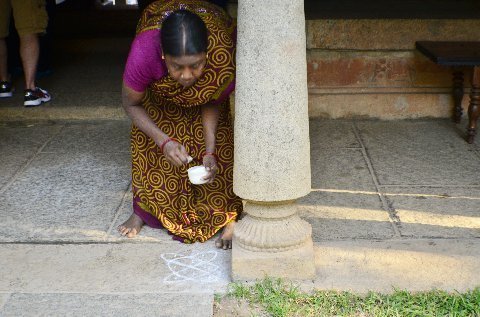
In the courtyard there was a performance of Kathakali which is a stylized classical Indian dance-drama in which the performers wear elaborate costumes and use eye, eyebrow and facial movements as well as body motion to convey the story they are telling.

Ready to learn more?
Determine whether life aboard The World is the right fit for you. Talk to one of our Residential Advisors today to learn more about this unique lifestyle, details of upcoming Journeys and Expeditions, and ownership opportunities.



